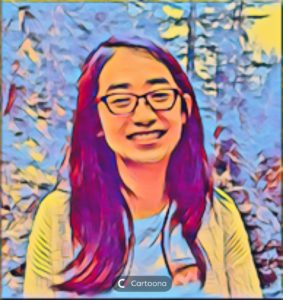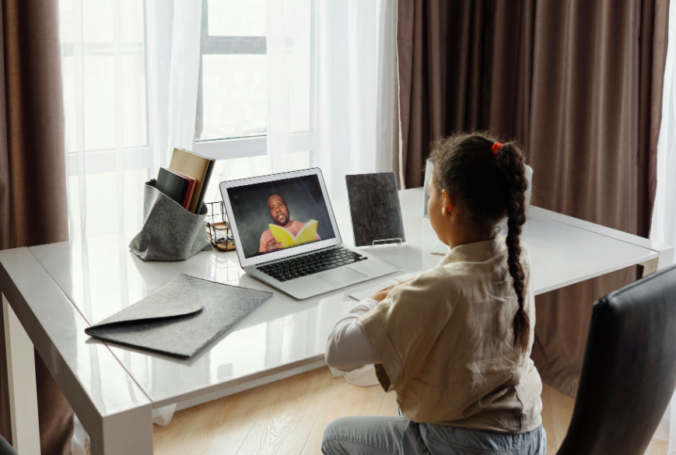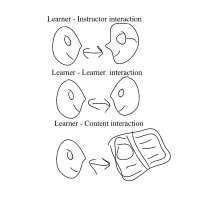 After reading just the introduction to your post, you made me realize that I knew so much more about the importance of relationships amongst humans Leona! I must have completely sidestepped all my memories and knowledge of Dr. Martin Brokenleg’s Circle of Courage and Alan McLean’s 3 A’s of Motivation while conjuring up this post but thanks to your words I can now see and understand just how relevant all of these different learning models are to the topic of human-centered learning in online and open learning contexts. I enjoyed your comment about building a strong sense of community is important to learning regardless of the teaching method, I think that this statement is so important in this day and age where online classes are now the norm of our education. A teacher’s goal should not be about just passing on the content and knowledge in the simplest means possible but instead should be about creating a universally fit classroom community where knowledge and content come easily based on the relationships built within.
After reading just the introduction to your post, you made me realize that I knew so much more about the importance of relationships amongst humans Leona! I must have completely sidestepped all my memories and knowledge of Dr. Martin Brokenleg’s Circle of Courage and Alan McLean’s 3 A’s of Motivation while conjuring up this post but thanks to your words I can now see and understand just how relevant all of these different learning models are to the topic of human-centered learning in online and open learning contexts. I enjoyed your comment about building a strong sense of community is important to learning regardless of the teaching method, I think that this statement is so important in this day and age where online classes are now the norm of our education. A teacher’s goal should not be about just passing on the content and knowledge in the simplest means possible but instead should be about creating a universally fit classroom community where knowledge and content come easily based on the relationships built within.

Ok first of all love the sick working set up!
Timm as usual you are literally a genius and managed to incorporate so much of our past learning into your blog post about human-centered learning in online and open learning contexts. I didn’t even think to reflect on all the tools we have learned such as “Non-violent communication” “Alan McLean’s 3 A’s” or even the First People’s principle of learning. I noticed that in both mine and your blog post we build upon each other’s comments about the importance of teacher’s building a nurturing their virtual classroom community no different than how they would their “brick and mortar classroom”. I think that you would agree with the fact that much is missed in the community aspects when it comes to online learning compared to a face-to-face classroom. Rich would be so proud of you (as I am) for using so many interactive multimedia elements in your blog Timm, these small elements helped me as your online student reading this blog enjoy and comprehend the content.

Josh! From the beginning of your post, I related to your first paragraph and your comment about how creating relationships between teachers and students is even more vital in an online format. With your paragraph outlining the importance of social interactions between students in a learning environment, I saw that we both see the importance of building and nurturing these relationships to foster positive learning effects, as well as understanding the dire effects that can occur if social interaction’s do not take place. I appreciate the fact that you added details from the webinar with Dr. Barb Brown as I couldn’t attend it. I recognized most of the online tools exampled in your post, however, some I had to research (Flip-grid, Remind application, Padlet, and Google jam board) to see the beneficiary elements of the relationships building resources. Lastly, I really enjoyed you adding the last quotation in your post, I think what spoke to me most about this quote was that social presence doesn’t just enhance the experiences of students but also teachers.




Recent Comments